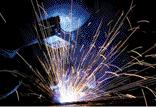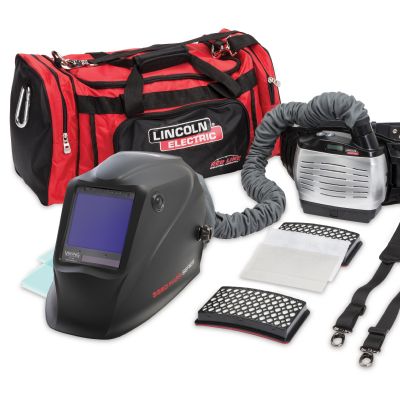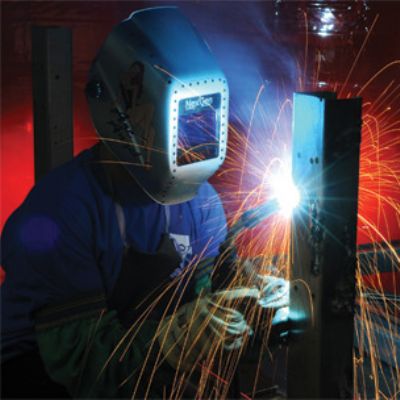Safeguarding Workers During Welding and Cutting
April 1, 2008Comments
Article provided on behalf of the American Industrial Hygiene Association (http://www.aiha.org/) by Michael Larrañaga, associate professor and department head, School of Fire Protection and Safety, Oklahoma State University, Stillwater, OK.
Welding, cutting and brazing pose health risks to more than 500,000 workers; the risk of fatal injuries is more than four deaths per thousand workers over a working lifetime.

Welders can be exposed to fire, ultraviolet and infrared radiation as well as intense visible light. Before allowing an operator to begin cutting or welding, fabricators should perform a fire-hazard inspection of the area, as designated in a written safety plan. They should either remove all combustibles; shield them from ignition sources; or employ appropriate guards to confine the heat, sparks and slag generated during cutting and welding. And, when welding outdoors in dry conditions, ensure that a trained fire watch with extinguishing equipment is present.
The consequences of welding and cutting without taking the appropriate safety measures can be extremely serious. The upper respiratory tract, nose, throat and eyes are at risk. Short-term exposures may lead to pulmonary edema, lung irritation, chemical pneumonia and other respiratory illnesses. Exposure to zinc fumes can cause metal-fume fever, the symptoms of which are very similar to the flu.
OSHA requires sampling during welding to determine if exposure levels fall within acceptable ranges. If not, the employer must take the necessary steps to bring exposures to acceptable levels.







